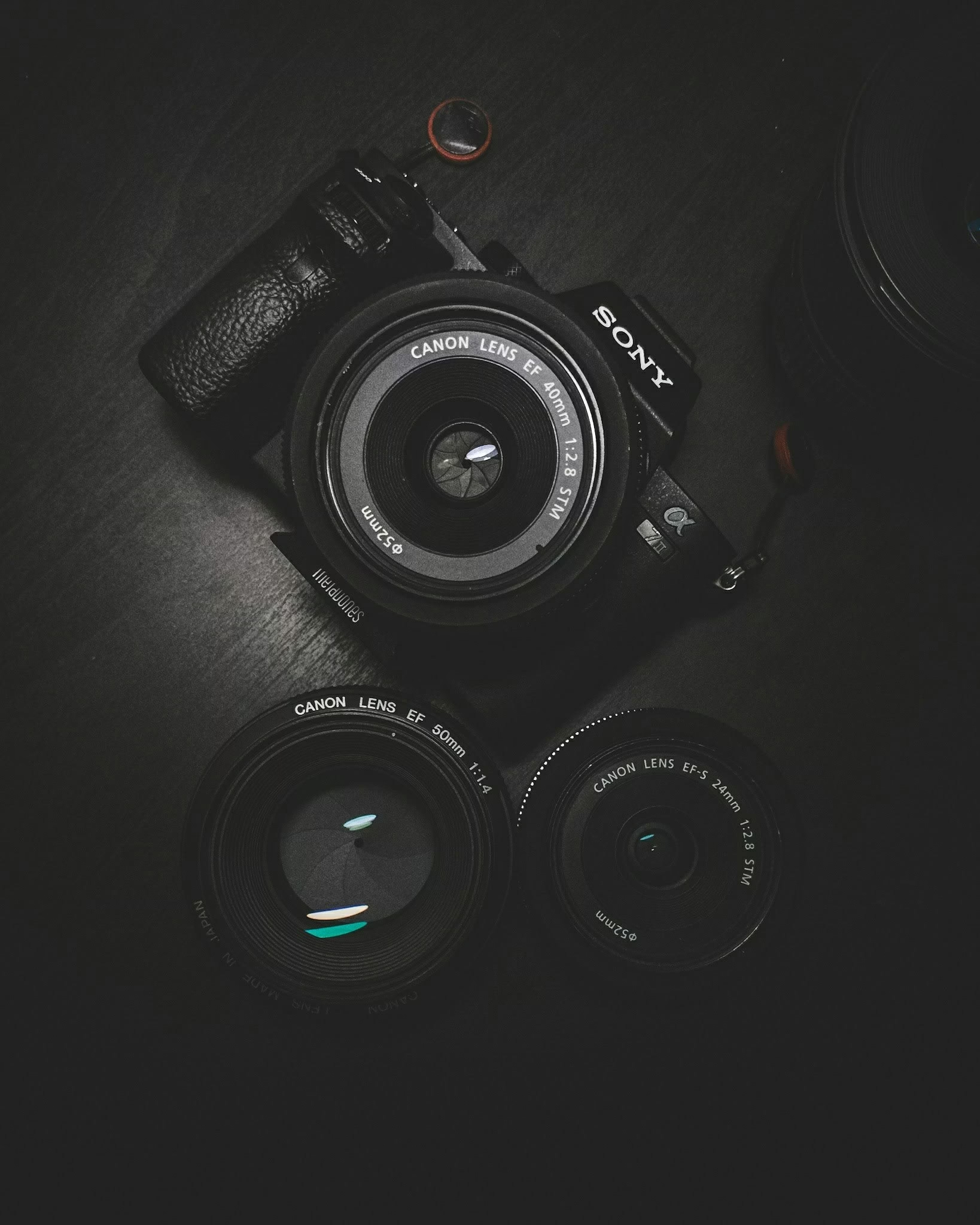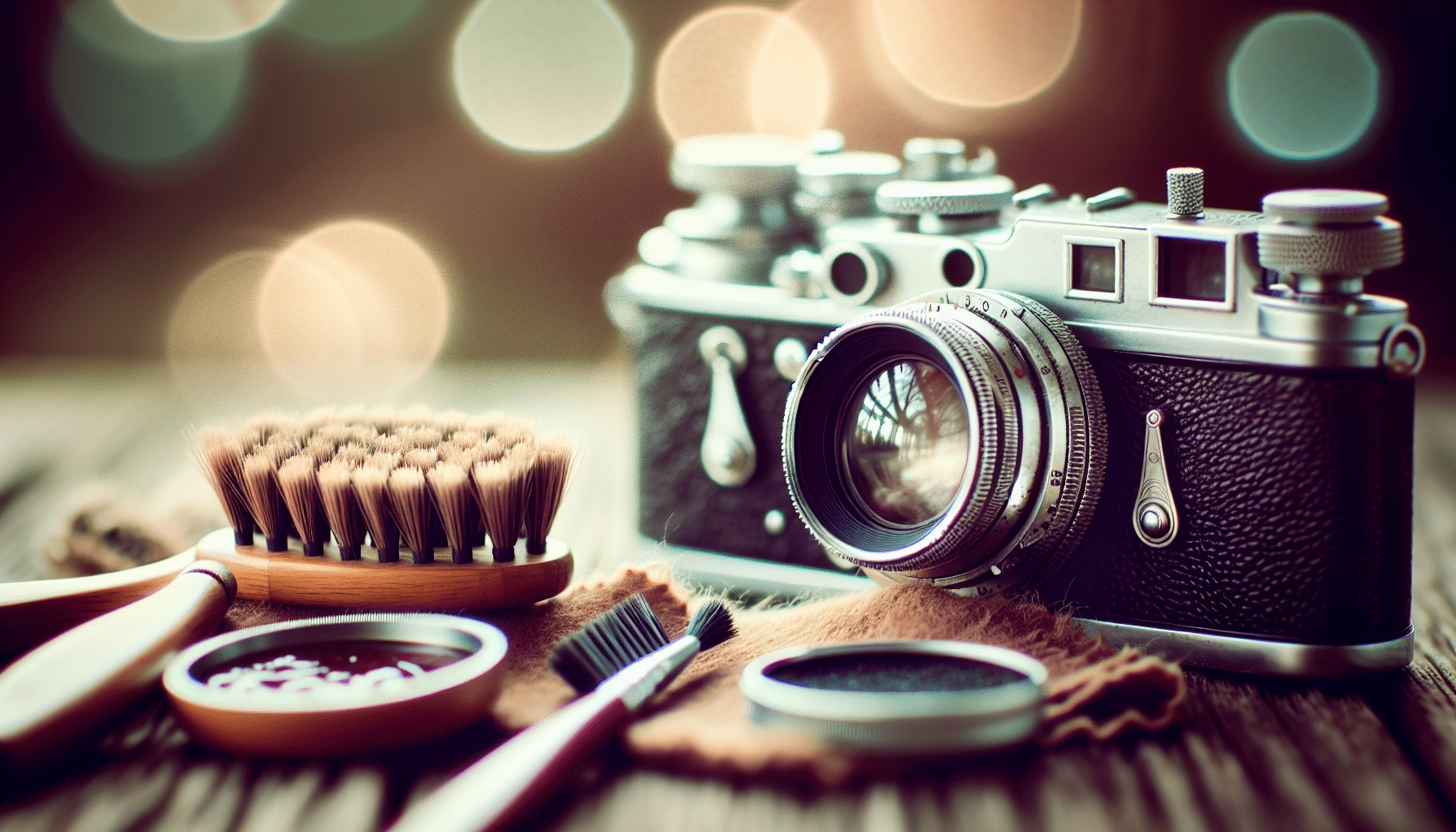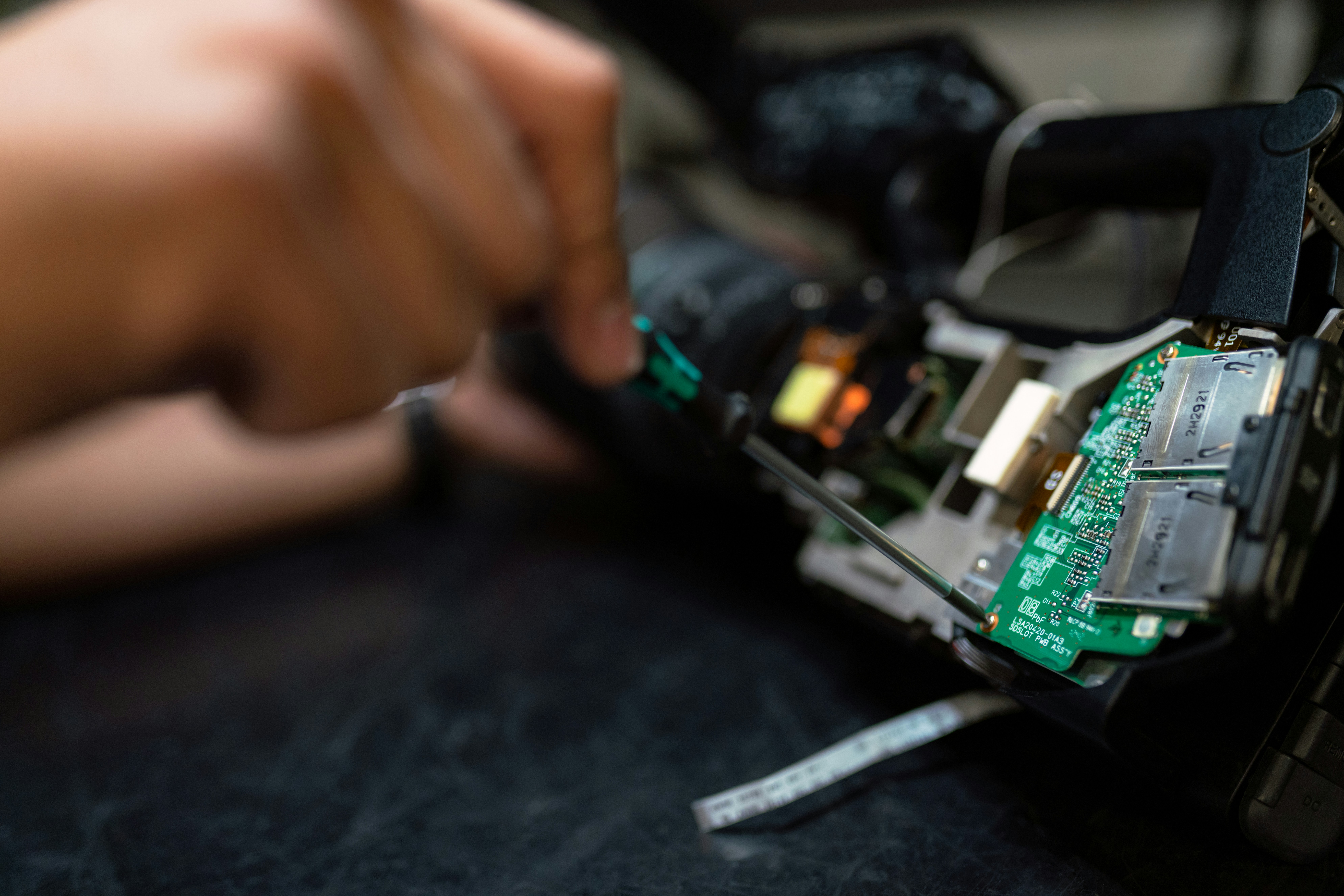Camera Collection Care and Maintenance: What are the secrets to ensuring a pristine and timeless camera collection? This question lingers on the minds of many camera enthusiasts and collectors who appreciate the intricate world of photography and its history. Whether it’s the allure of a classic Leica or the sleek design of a modern digital SLR, maintaining these precious devices requires both expertise and a detailed understanding of their inner workings.

Table of Contents
Introduction to Camera Collection Care
Camera collection care involves more than just dusting and occasional use. It requires a nuanced approach, detailed attention to various camera types, and understanding the underlying mechanics that differentiate a pristine collection from a cluttered shelf of neglected relics. In “Guide to Expert Techniques for Camera Collection Care and Maintenance,” an exploration into these methods unfolds, offering detailed insights and expert advice.
The Historical Significance of Camera Collections
Cameras have evolved dramatically over the decades. From the boxy, cumbersome devices of the early 20th century to the sleek digital masterpieces of today, each era in camera technology tells a story of innovation, art, and science. Understanding this evolution provides a deeper connection to one’s collection and enriches the care process.
Cameras from eras such as the early 1900s boast remarkable craftsmanship. Consider the Kodak Brownie, a landmark in making photography accessible to the masses. Moving into the digital age, devices like the Canon EOS series captured moments with unprecedented precision. The transition from film to digital marked not just a technological shift but a philosophical one in how society perceived and interacted with photography as a medium.
Key Concepts in Camera Maintenance
The essence of maintaining a camera collection lies in three primary concepts: preservation, functionality, and aesthetics. These pillars guide collectors toward a meticulous routine that ensures the longevity and operational freedom of each piece in their collection.
Preservation
Preservation entails protecting the camera’s physical integrity from the ravages of time and external elements. This concept includes environmental controls like humidity and temperature regulation. Ensuring the storage space is neither too humid nor overly dry is crucial, as fluctuations can lead to mold growth or brittle components. Devices such as silica gel packs help manage moisture levels effectively.
Functionality
A camera’s value drastically diminishes if it can’t perform its intended purpose. Regular mechanical checks, even for collectibles not frequently used, are essential. Lubricating moving parts with appropriate oils designed for photographic equipment can prevent mechanisms from seizing. Additionally, routine lens cleaning with non-abrasive materials maintains clarity and functionality.
Aesthetics
A camera’s visual allure is part of its charm. The patina of age on an antique camera adds character without detracting from its appeal. Cleaning the exterior with appropriate materials that do not strip paint or markings is an art form in itself. In some cases, professional restoration might be viewed as a rejuvenating spa day for a camera.
Step-by-Step Instructions for Camera Care
Effective camera care mirrors a disciplined dance, where each move should be intentional and precise. Here are the expert techniques broken down into a comprehensive routine.
1. Environmental Control
- Measure Humidity: Use a hygrometer to ensure humidity levels remain around 45-50%. This level prevents mold and preserves rubber seals.
- Temperature Stability: Keep temperatures between 60-75 degrees Fahrenheit. Extreme temperatures affect the integrity of both film and digital sensors.
2. Mechanical Check-Up
- Inspect Moving Parts: For film cameras, check the winding mechanisms for smooth operation. For digital cameras, ensure sensor cleanliness and battery compartment checks.
- Lubrication: Apply camera-specific oils to gears and hinges sparingly, focusing on areas exposed to movement and friction.
3. Cleaning and Polishing
- Exterior Care: Use microfiber cloths and specialized cleaning solutions to gently remove grime from the camera body.
- Lens Cleaning: Employ lens-specific solutions and lens tissues or dust blowers for stubborn particles.
4. Storage Solutions
- Protective Cases: Store cameras in padded cases or display cabinets that provide both protection and a showcase opportunity.
- Silica Gel Packs: Place these in storage containers to absorb excess moisture and prevent corrosion or mold growth.
5. Regular Testing and Use
- Engage cameras in periodic operation to ensure ongoing functionality. This practice not only lubes the cameras’ internal parts but also maintains battery health in digital models.

Visual Aids and Resources
To support these steps, visual aids such as videos and diagrams can be incredibly beneficial. For instance:
- Infographic: Producing an infographic detailing the steps of cleaning and storage can aid memory and provide quick reference.
- Instructional Video: An engaging video demonstrating lubrication and sensor cleaning techniques offers practical assistance while avoiding common pitfalls.
Case Studies in Camera Collection Maintenance
Exploring case studies of successful camera collections illuminates best practices in handling and maintenance.
Case Study: The Vintage Film Collector
A professional photographer and vintage camera aficionado amassed a significant collection of film cameras from the 1950s to the 1980s. His focus on acquiring manuals and parts for repairs kept inactive cameras functional. Integration of dehumidifiers in his storage space further contributed to their preservation. By regularly testing the cameras with film rolls, he confirmed functionality while enjoying the nostalgia of film photography.
Case Study: The Digital DSLR Enthusiast
For another collector whose focus was early digital cameras, regular updates to firmware and consistent sensor maintenance were vital. Special attention to battery storage—keeping them charged but not full to enhance longevity—was also key. This collector demonstrated that understanding the technology era of each camera helped tailor specific maintenance routines.

The Philosophy Behind Care
Understanding the underpinnings of careful camera maintenance is as much about a philosophical approach as it is about practical techniques. It combines a passion for history with a mechanical appreciation and an aesthetic diligence that transcends mere functionality. Careful, deliberate attention to these beautiful machines not only preserves their operational integrity but also ensures the passage of photographic history to future generations.
Conclusion
In conclusion, the expert techniques for camera collection care lie in a thoughtful balance of preservation, functionality, and aesthetics. By adopting meticulous maintenance routines, collectors not only guard against time’s wear but honor the legacy of photographic evolution. From safeguarding against environmental hazards to ensuring mechanical soundness, each step in camera care revitalizes and extends the life of these delicate artifacts. Whether motivated by nostalgia or an appreciation for engineering prowess, collectors are the custodians of history, wielding their cameras as both artistic and historical tools in a continuous story of human creativity.



